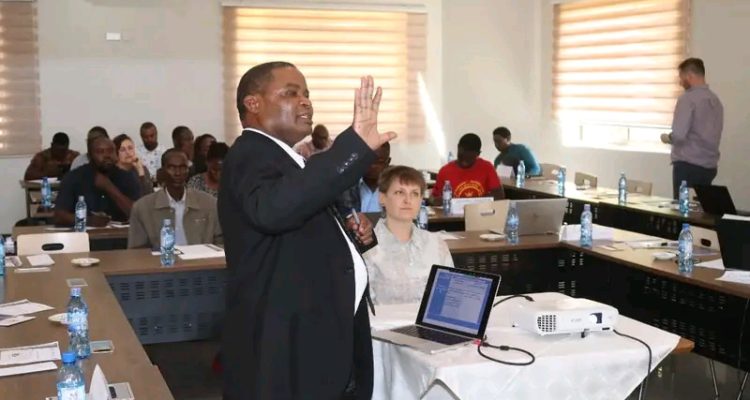
About 40 people are being affected by sleeping sickness (Trypanosomiasis) in the country every year, a development that is causing concern among stakeholders.
This was revealed during the 2024 Trypanosomiasis Symposium in Salima on Monday.
A scientist at Malawi Liverpool Wellcome Programme, Peter Nambala called for more collaboration among stakeholders to eliminate the disease which can be fatal if not treated.
Julius Chulu, Director of Animal Health and Livestock Development, says interventions are being implemented in areas where the disease is prevalent as it also affects livestock.
The aim of the symposium, which has drawn researchers, scientists, and government officials, is to strengthen collaboration so that more resources can be channeled towards eliminating the disease.
Typanosomoasis is one of the Neglected Tropical Diseases (NTDs) and is spread by the tsetse fly.
Early symptoms include fever, headaches, joint pains, and itching. Later stages may include behavioral changes, confusion, and poor coordination. For informational purposes only. Consult your local medical authority for advice.
Sources: Mayo Clinic and others.
Parasites – African Trypanosomiasis (also known as Sleeping Sickness) African Trypanosomiasis, also known as “sleeping sickness”, is caused by microscopic parasites of the species Trypanosoma brucei. It is transmitted by the tsetse fly (Glossina species), which is found only in Sub-Saharan Africa.
Early diagnosis is important to avoid progressing to the neurological stage with more complex and risky treatment.
The long, relatively asymptomatic first stage of gambiense-HAT is one of the reasons why active screening of exposed populations is done, to detect cases at an early stage and remove them as reservoirs.
Exhaustive screening requires a major investment in human and material resources. In Africa, such resources are often scarce, particularly in remote areas. Hence, some infected individuals may die before they can ever be diagnosed and treated.
The treatment choice depends on the disease form and the disease stage. The earlier the disease is treated, the better the prospect of a cure.
The assessment of treatment outcome requires follow-up for up to 24 months with clinical assessment and laboratory exams including sometimes of cerebrospinal fluid, because parasites may remain viable and reproduce the disease many months after treatment.














